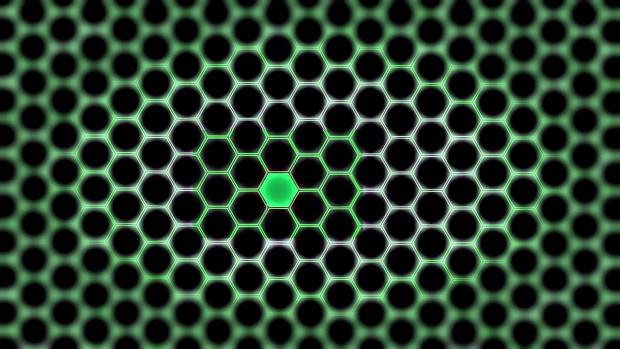
Breaking News
Living a Creative Life Maximizes Your Life
SEMI-NEWS/SEMI-SATIRE: November 9, 2025 Edition
 Trump pardons Mets legend, 'Celebrity Apprentice' alum Darryl Strawberry over tax evasion co
Trump pardons Mets legend, 'Celebrity Apprentice' alum Darryl Strawberry over tax evasion co
 You WON'T BELIEVE How Much Money We're REALLY Sending To Israel!
You WON'T BELIEVE How Much Money We're REALLY Sending To Israel!
Top Tech News
 HUGE 32kWh LiFePO4 DIY Battery w/ 628Ah Cells! 90 Minute Build
HUGE 32kWh LiFePO4 DIY Battery w/ 628Ah Cells! 90 Minute Build
 What Has Bitcoin Become 17 Years After Satoshi Nakamoto Published The Whitepaper?
What Has Bitcoin Become 17 Years After Satoshi Nakamoto Published The Whitepaper?
 Japan just injected artificial blood into a human. No blood type needed. No refrigeration.
Japan just injected artificial blood into a human. No blood type needed. No refrigeration.
 The 6 Best LLM Tools To Run Models Locally
The 6 Best LLM Tools To Run Models Locally
 Testing My First Sodium-Ion Solar Battery
Testing My First Sodium-Ion Solar Battery
 A man once paralyzed from the waist down now stands on his own, not with machines or wires,...
A man once paralyzed from the waist down now stands on his own, not with machines or wires,...
 Review: Thumb-sized thermal camera turns your phone into a smart tool
Review: Thumb-sized thermal camera turns your phone into a smart tool
 Army To Bring Nuclear Microreactors To Its Bases By 2028
Army To Bring Nuclear Microreactors To Its Bases By 2028
 Nissan Says It's On Track For Solid-State Batteries That Double EV Range By 2028
Nissan Says It's On Track For Solid-State Batteries That Double EV Range By 2028
Scientists unleash graphene's innate superconductivity

Scientists at the University of Cambridge claim to have discovered a method to trigger the superconducting properties of graphene without actually altering its chemical structure.
Light, flexible, and super-strong, the single layer of carbon atoms that makes up graphene has only been rendered superconductive previously by doping it with impurities, or by affixing it to other superconducting materials, both of which may undermine some of its other unique properties.
However, in the the latest research conducted at the University of Cambridge, scientists claim to have found a way to activate superconduction in graphene by coupling it with a material known as praseodymium cerium copper oxide (Pr2−xCexCuO4) or PCCO. PCCO is from a wider class of superconducting materials known as cuprates (derived from the Latin word for copper), known for their use in high-temperature superconductivity.

 Carbon based computers that run on iron
Carbon based computers that run on iron

